Mexico ambitiously committed to reduce its greenhouse gas emissions when it ratified and formally joined the Paris Agreement in 2015. Today, almost three years later, the water sector in Mexico is showing promising results. Pilot utilities of the Water and Wastewater Companies for Climate Mitigation (WaCCliM) Project have achieved a reduction of more than 2,500 t CO2e each year.
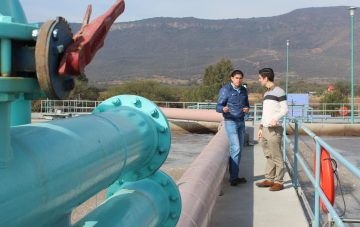
In Mexico, the water sector faces multiple challenges. Water and wastewater utilities have a difficult task meeting the water demand while offering low tariffs. This challenge, coupled with a complex regulatory framework, has led to unsustainable water abstraction practices. With rising water scarcity, Mexico’s water sector will face even more challenges during the coming decades. Greater focus on its energy requirements, GHG implications, clear GHG reduction targets as well as the recognition of numerous co-benefits of a circular economy of water will be a crucial part of the policy responses to these challenges.
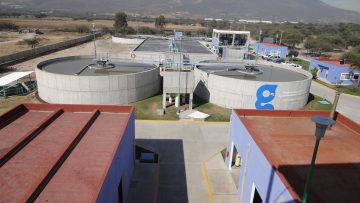
Despite these difficulties, Mexico’s water sector has a tremendous potential to foster a positive transition towards climate mitigation and adaptation. In order to achieve its goals, the Mexican government has included efficient water supply management, treatment of wastewater, and the recovery of energy as strategies to achieve its climate commitments. Consequently, since 2013, the WaCCliM Project has been supporting Mexican water utilities in taking actions to reduce their carbon footprint. Within this scope, the Energy Performance and Carbon Emissions Assessment and Monitoring (ECAM) tool was developed to help water utilities to identify their main GHG emission sources and saving opportunities in a holistic manner.
The WaCCliM project is a joint initiative between the Deutsche Gesellschaft für Internationale Zusammenarbeit (GIZ) GmbH and the International Water Association (IWA) and is part of the International Climate Initiative (IKI). In Mexico, the WaCCliM project is working with the National Water Commission (CONAGUA) and the National Water Association of Mexico (ANEAS).
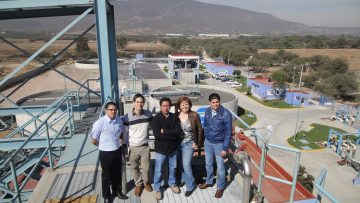
The WaCCliM pilot utilities of San Francisco del Rincón, SAPAF and SITRATA, are pioneering the way towards sustainable, low-carbon urban water management. Following the WaCCliM roadmap, they have introduced innovative measures that resulted in energy consumption reductions of more than 25%. Likewise, they have lowered their operational costs and improved productivity: In 2016, the utility increased its wastewater treatment coverage by 30%. More than 2,500 t CO2e are now avoided each year, equivalent to annual emissions of 650 people living in Mexico[1]. Additionally, the operation of the biogas cogeneration system provides energy from the wastewater that would be sufficient to power 100 Mexican households[2] with clean energy. Besides economic and operational benefits, WaCCliM utilities are taking the lead in GHG emissions accounting and GHG mitigation in the water sector, seizing the opportunity to become more efficient and effective in an uncertain future.
A carbon-neutral development requires all sectors to innovate and pursue solutions to climate challenges. In Mexico, the water sector has taken a big step forward and is pioneering the way for other sectors and countries around the world.
[1] 3866 kg/capita/yr (2014), Source: World Bank
[2] 1652 kWh/hh/yr (2014), Source: World Energy Council
Find out more about the WaCCliM project:
Website: www.wacclim.org
ECAM Tool: www.wacclim.org/ecam
Twitter: www.twitter.com/WaCCliM_Project
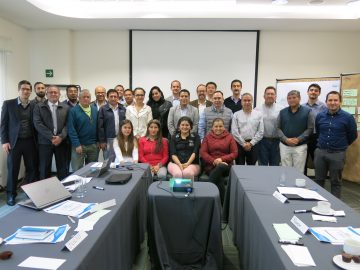
Foto credits: SAPAF, GIZ México, Ranjin Fernando.


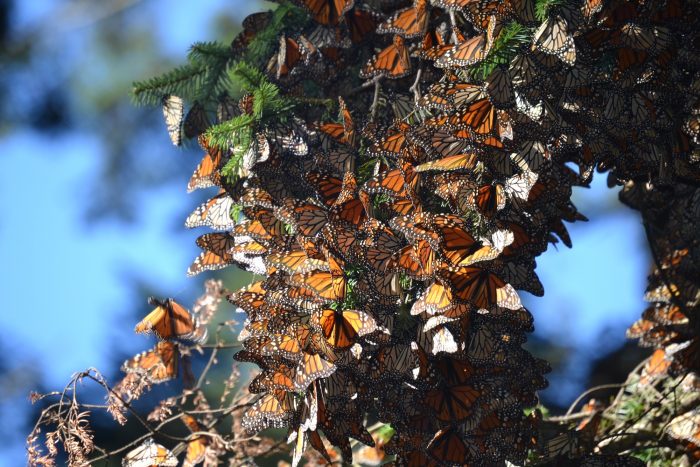
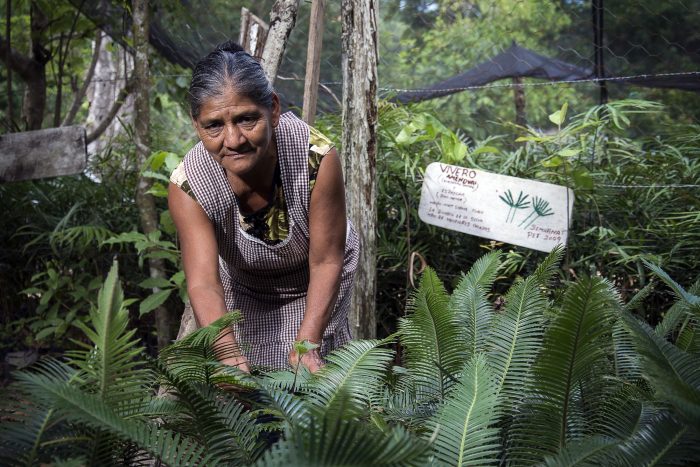
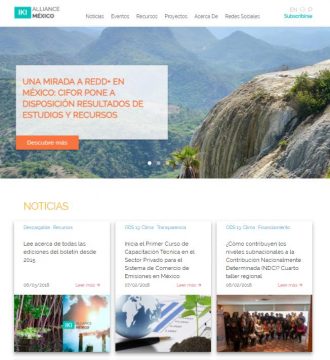

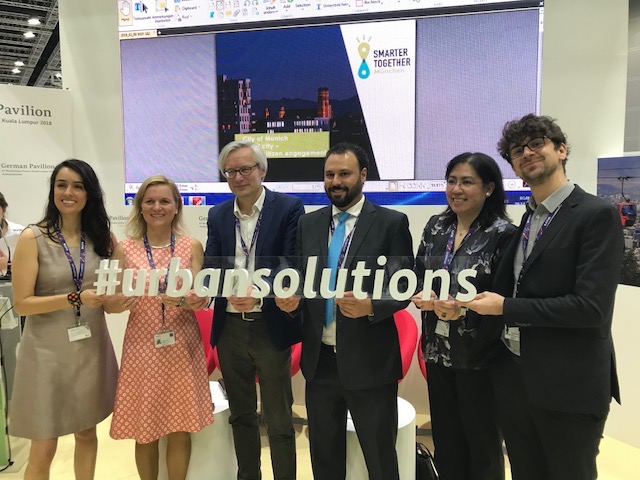
 Representatives of different Mexican institutions traveled to the Netherlands and Germany to reflect and interchange experiences on water-related adaptation actions defined in Mexico´s Nationally Determined Contribution (NDC) under the Paris Agreement.
Representatives of different Mexican institutions traveled to the Netherlands and Germany to reflect and interchange experiences on water-related adaptation actions defined in Mexico´s Nationally Determined Contribution (NDC) under the Paris Agreement.